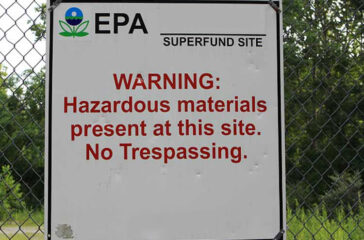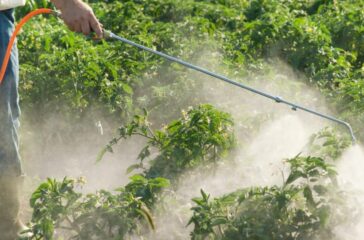During a scorching June heatwave last year, a worker in Oregon collapsed after climbing down from conducting a roof inspection. Hospitalized with heat stress, he died a few days later. In Washington state, a farmworker was found slumped against a tractor after his shift, dead from a combination of factors that included heat stress, according to a medical examiner.
Now, this summer is again turning potentially deadly for people around the United States as climate change brings dangerously high temperatures. Just this week, blistering temperatures over 100 degrees Fahrenheit were recorded from Boise, Idaho to Tulsa, Oklahoma and millions of people living in the nation’s mid-section and southwest were under heat advisories, according to the National Weather Service.
Heat-related illness and death are known to disproportionally impact people of color and other disadvantaged populations, but the effects of triple-digit temperatures are particularly threatening to laborers whose jobs require long hours in sizzling heat.
 EWG
EWG








